Types of tasks distribution over time
In the real world, tasks arrive at the input of a business process at random and with a certain regularity. For example, customer service queues may be above average at the beginning of a business day, after a lunch break, and before the office is closed. If you do not take into account such patterns, then at the business process analysis, you will not be able to see the peak load of resources at these moments. In order to be able to accurately simulate the pattern of task appearance, the BP Simulator service supports several types of task distribution in the period of the Task Generator operation.
Table of Types
| Type | Description | Description Chart | Applying |
|---|---|---|---|
| Period | Distribution of the total number of tasks of the time interval with a fixed period. | 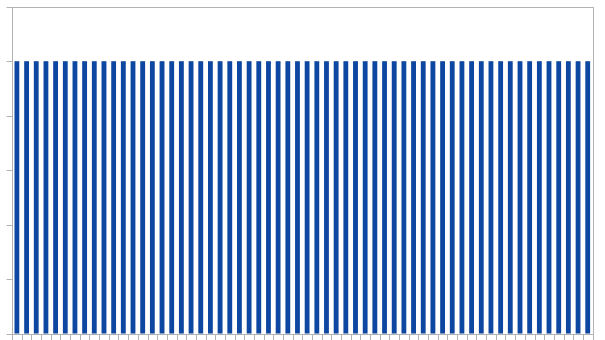 |
The fixed interval between new tasks is used to simulate periodic events or debug a business process model. |
| Uniformly | Random uniform distribution of the number of tasks in a time interval. | 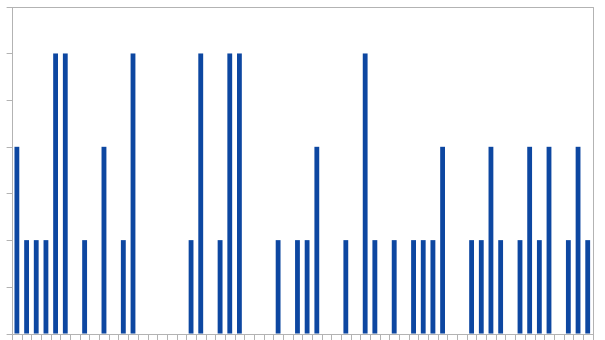 |
НThe most likely type of random distribution of tasks during a time period in the absence of regularities. |
| Normal | Random normal distribution of the number of tasks over a time interval with expectation in the center of the period. | 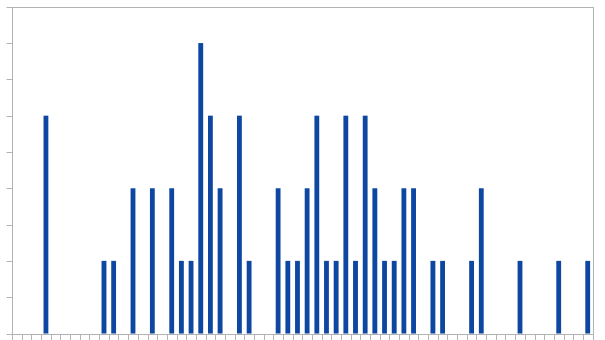 |
Random distribution with the most new task in the middle of the time period. |
| Random Fading | Random normal distribution of the number of tasks over a time interval with expectation at the beginning of the period. | 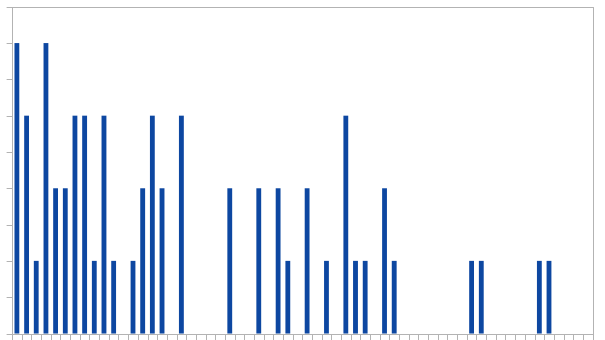 |
The random distribution with the most new task at the beginning of the time period. For example - the beginning of the working day. |
| Random Rising | Random normal distribution of the number of tasks over a time interval with expectation at the end of the period. | 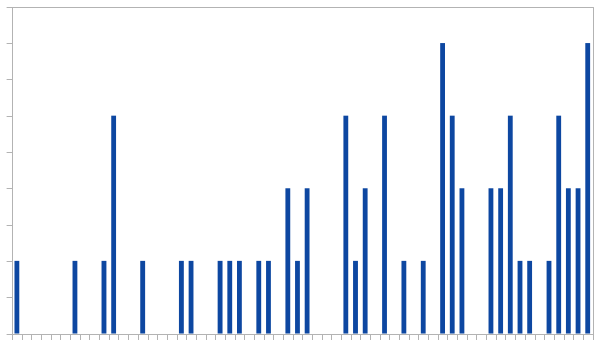 |
The random distribution with the most new task at the end of the time period. For example - the end of the working day. |
| Custom | The distribution rule is specified by an external user function. | 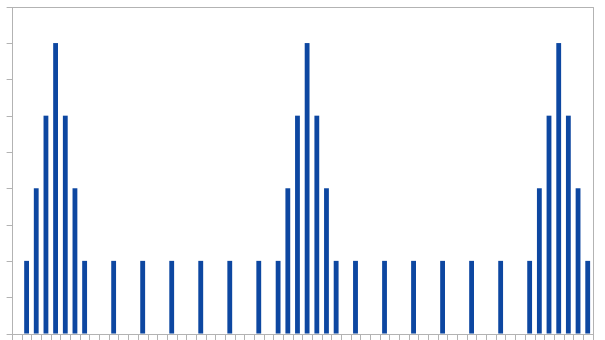 |
A user function can both calculate the probability of a new task appearing or use data from external accounting systems. For example - the time and number of tasks from the Electronic queue system for recording days of the week. |
The graphs depict examples of the distribution of 60 tasks in the time range of 0-60 minutes. The number of distributed tasks is determined by the setting of the number of tasks Task Generator attribute.
The combination of types
The ability to configure several periods of the Task Generator with different types of task distribution allows you to accurately simulate the flow of incoming tasks of a business process. The following example of setting up periods for the Task Generator shows an example of such a combination.
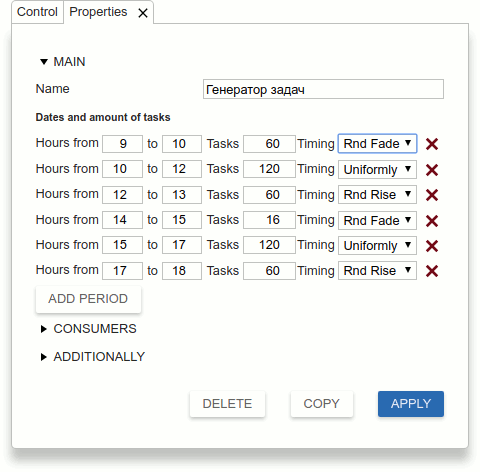
- 09:00-10:00 - the growth of the flow of tasks at the beginning of the working day
- 12:00-13:00 - the growth of the flow of tasks before the lunch break
- 14:00-15:00 - the growth of the flow of tasks after lunch break
- 17:00-18:00 - the growth of the flow of tasks before the end of the working day